
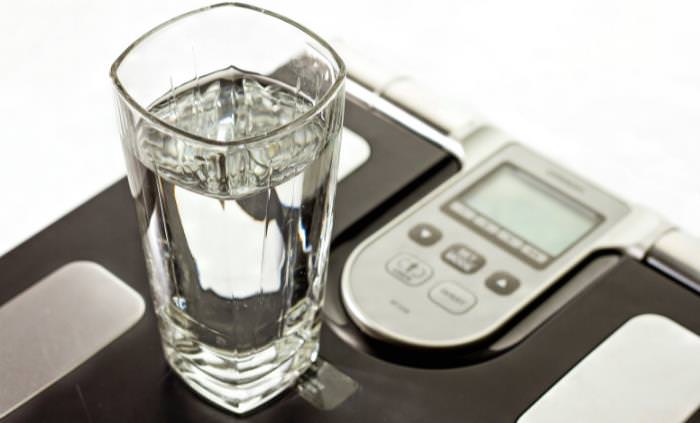
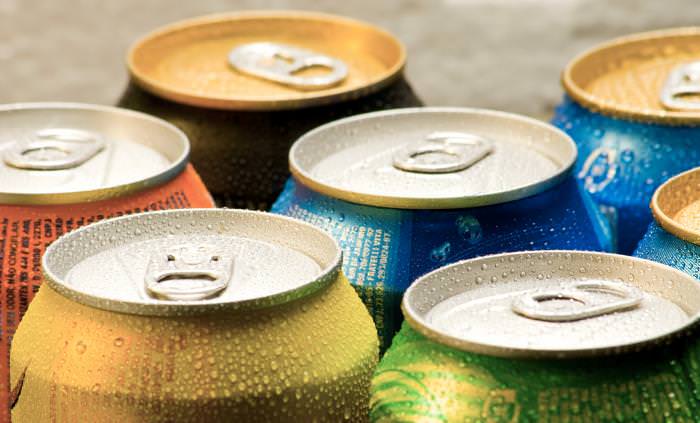
If you're a heavy consumer of caffeine and enjoy flavored coffee drinks like vanilla and mocha lattes or Starbuck's frappuccinos, try swapping them with a leaner cold brew coffee from time to time. Remember that we gain weight mainly from sugar, not fat. Think about it like this: eating a fat-rich avocado daily won't make you gain weight like eating a daily sugary doughnut will.
You can also read about alternatives to caffeine here or here. The same principle goes for tea and soft drinks like sodas. We recommend sweetening your drink with unprocessed honey instead of sugar or artificial sweeteners and trying sparkling water instead of sodas.
If you don't enjoy drinking water you could brew yourself some nice hot or cold tea. Green tea, for example, has a plethora of benefits we discuss in this post: 8 Great Health Benefits of Green Tea
Remember that alcohol has 7 calories per milliliter, so it can be very easy to accumulate calories unnoticed. We're actually big fans of wine and such and do encourage you to keep enjoying the occasional alcoholic drink if you do. But as with everything, the poison is in the dosage.
Starting your day with a drink of 1 tablespoon of apple cider vinegar diluted in a minimum of 8 fl oz (240 ml) of water is an easy way to keep that lean figure of yours - its acetic acid content will help blood sugar management.
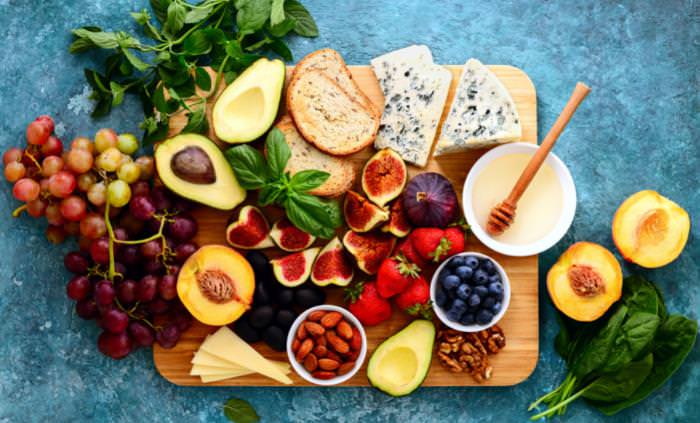
As crazy as it may sound, this advice is backed by dietitians. In an article about boosting metabolism, WebMD says that "Having a small meal or snack every 3 to 4 hours keeps your metabolism cranking." And on the health and recipes blog Eat This, Not That!, registered dietitian and nutritionist Sandy Younan Brikho says, "Eating more frequently throughout the day will increase your metabolism." She explains that the aim of frequent smaller meals instead of occasional bigger meals is to keep hunger at bay.
Now that we've got proof, how can we translate it to new habits? Brikho, as well as many other nutritionists like her, understands that transitioning to new eating habits is challenging. Therefore, she suggests "starting small, adding a snack and then gradually another meal."
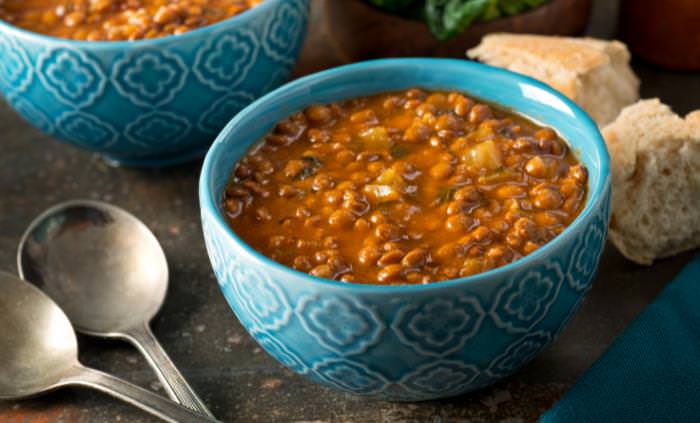
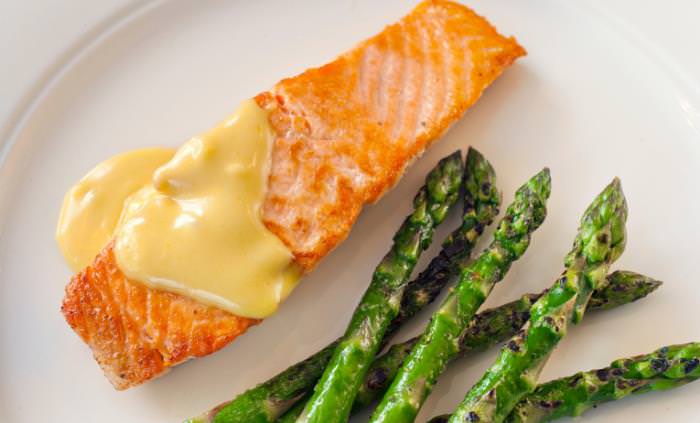
The rule simply says to cover half of your plate with vegetables every time you eat. These can be raw, cut veggies, but you could also season them with olive oil, salt, pepper, sumac, vinegar, mustard, garlic, and simple oil dressing. Veggies can also be cooked or baked, and may even come in the form of a hearty stew. This article can help tremendously: These Vegetables Have Higher Nutritional Value When Cooked.
As for the other half of your plate, Mehak Naeem, RDN, a registered dietitian nutritionist, suggests trying to "consume fat from plant and marine sources, limiting animal sources."
Fiber will keep you fuller for longer. It also promotes a healthy gut microbiome, as it feeds the good bacteria in your gut, thus reducing bloating, gas, and supporting overall good digestion.
Still don't trust fiber? Maybe this article will change your mind.
Big fan of fiber, but not sure where to find it? Here are 14 Fantastic Natural Sources of Healthy Fiber!
Worried you may suffer a significant lack of fiber? Watch out for these signs that may signify a lack of fiber.